The Rockaway Beach Branch was a rail line owned and operated by the Long Island Rail Road in Queens, New York City, United States. The line left the Main Line at Whitepot Junction inRego Park 40.7254°N 73.8608°W heading south via Ozone Park and across Jamaica Bay to Hammels in the Rockaways 40.5913°N 73.8088°W turning west there to a terminal atRockaway Park. Along the way it connected with the Montauk Branch near Glendale, the Atlantic Branch near Woodhaven, and the Far Rockaway Branch at Hammels. After a 1950 fire, the Jamaica Bay bridge was closed and the line south of Ozone Park sold to the city, which rehabilitated the portion south of Liberty Avenue and connected it to the New York City Subway system as the IND Rockaway Line. The portion north of the subway connection was closed in 1962, and there are currently three proposals for the reuse of the line.
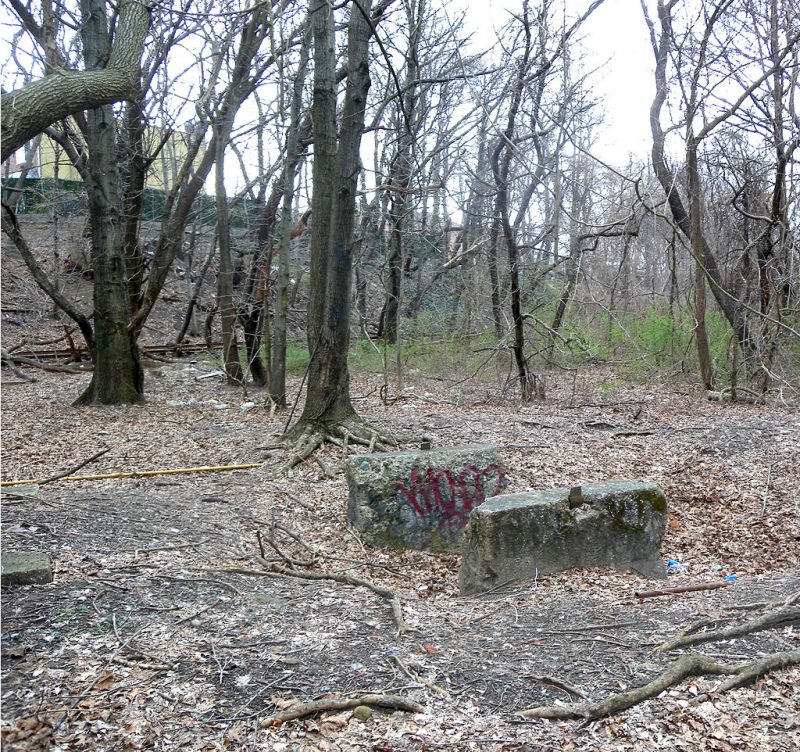
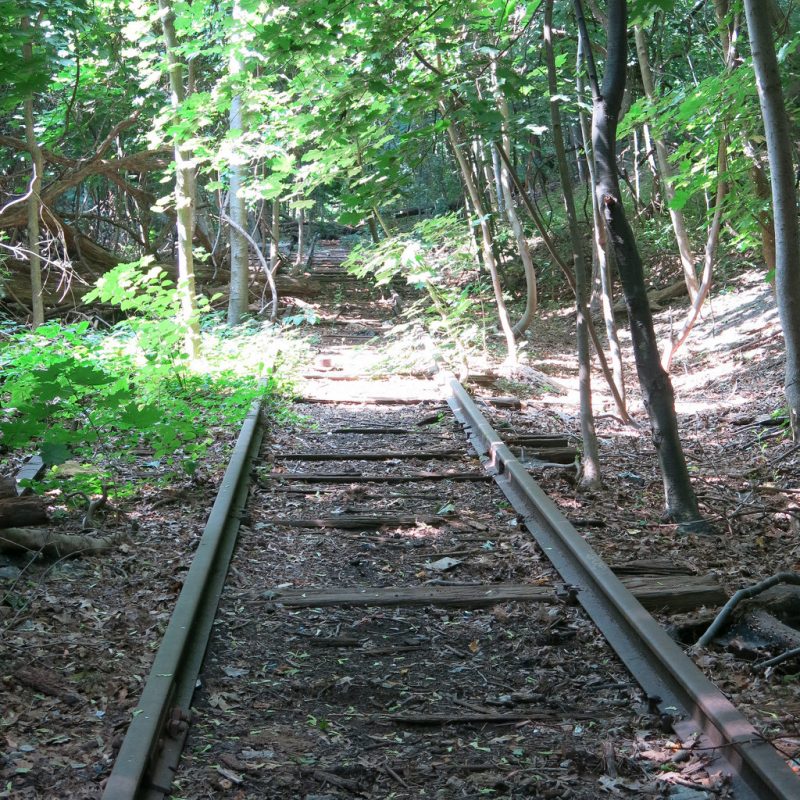
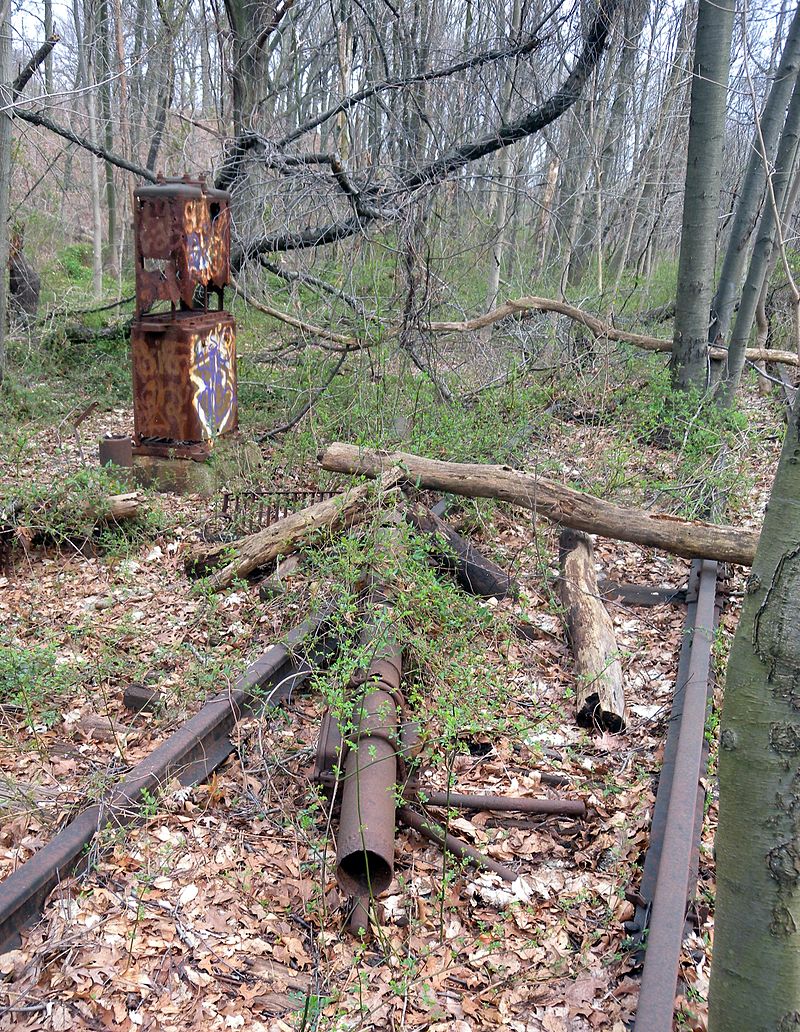
The New York, Woodhaven and Rockaway Railroad Company was incorporated on March 21, 1877 and organized March 24 to build a 1,067 mm (3 ft 6 in) narrow gauge line from Greenpoint, Brooklyn (connecting with the New York and Manhattan Beach Railway) via Cypress Hills and Woodhaven to Rockaway Beach.The plans were later changed (on March 13, 1878) to build a standard gauge line from Hunter’s Point rather than Greenpoint.
An agreement was made with the Long Island Rail Road in 1880 to operate over its Montauk Division to Bushwick and Hunter’s Point (via trackage rights from Glendale Junction) andAtlantic Division to Flatbush Avenue (carried by LIRR locomotives from Woodhaven Junction).In order to support the extra traffic, the LIRR agreed to double-track the Montauk Division west of Richmond Hill and the Atlantic Division west of Woodhaven Junction.
After a delay caused by financial problems,the line opened on August 26, 1880, and the LIRR stopped running trains from its New York terminals to Rockaway Beach via Valley Streamand its Far Rockaway Branch. It continued to operate through trains to Far Rockaway, as well as trains between Long Beach and Rockaway Beach
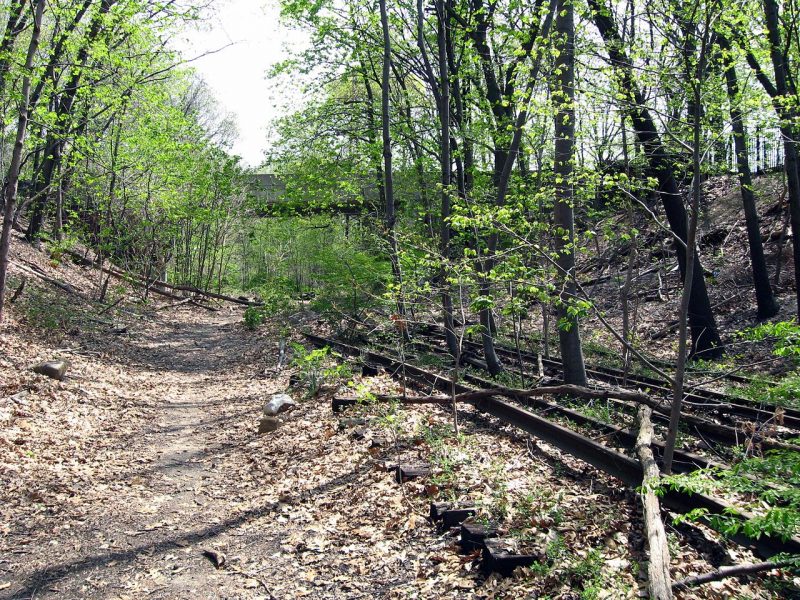
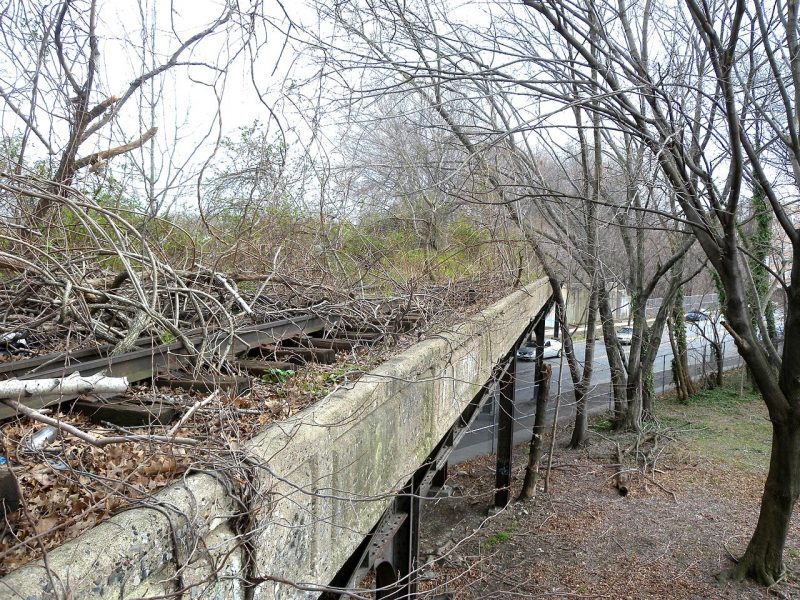
The company, eventually went bankrupt and was sold under foreclosure on July 30, 1887 to Austin Corbin, owner of the LIRR, who reorganized it as the New York and Rockaway Beach Railway (NY&RB) on August 19, 1887 and transferred the property on September 1, 1887. The old Far Rockaway Branch west of Arverne was soon connected to the NY&RB at Hammels, and was abandoned west of the new connection.The NY&RB began operating trains to Far Rockaway over this connection.
From 1898 to 1917, the Brooklyn Elevated Railroad (later Brooklyn Rapid Transit Company) operated trains from Williamsburg (later Lower Manhattan) to Rockaway Beach (at the western part of the Rockaway Peninsula), using a connection to the Atlantic Avenue Division at Chestnut Street Junction (in present-day East New York) and the Rockaway Beach Division south of Woodhaven Junction.
The NY&RB was operated independently until July 1, 1904, when the LIRR leased it as the Rockaway Beach Division.The line south of Woodhaven Junction was part of the LIRR’s firstelectrification, along with the Atlantic Avenue Division west to Atlantic Terminal, with electric passenger service beginning July 26, 1905.Steam trains continued to serve Rockaway Park from Long Island City until June 16, 1910, when the electrified Glendale Cut-off opened, extending the line north from Glendale on the Montauk Division to White Pot Junction at Rego Park on the Main Line. At the same time, the Rockaway Beach Division was electrified north of Woodhaven Junction, and the Main Line was electrified west of Rego Park (and into Penn Station when the East River Tunnels opened on September 8, 1910). The New York and Rockaway Beach Railway was merged into the LIRR on July 19, 1921.
A fire on the trestle across Jamaica Bay, between The Raunt and Broad Channel stations cut service on the middle section of the line on May 8, 1950. This was among around 30 fires on the line since 1942.The LIRR continued to operate over the line with two services: one to Rockaway Park west of Hammels via the Far Rockaway Branch through Nassau County, and the other to Hamilton Beach via the Main Line’s connection to the Rockaway Branch through Whitepot Junction. The Jamaica Bay trestle meanwhile remained out of service.The LIRR saw the Rockaway Beach Branch south of Ozone Park as a liability, and sought to either sell or abandon it. The city of New York, however, saw great potential in extending subway service over Jamaica Bay and purchased the line in 1955. After an extensive rebuild of all trestles and converting the line for transit operations, which included a connection to the IND Fulton Street Line at Liberty Avenue, the city began operating it as the IND Rockaway Line on June 26, 1956 to great fanfare.
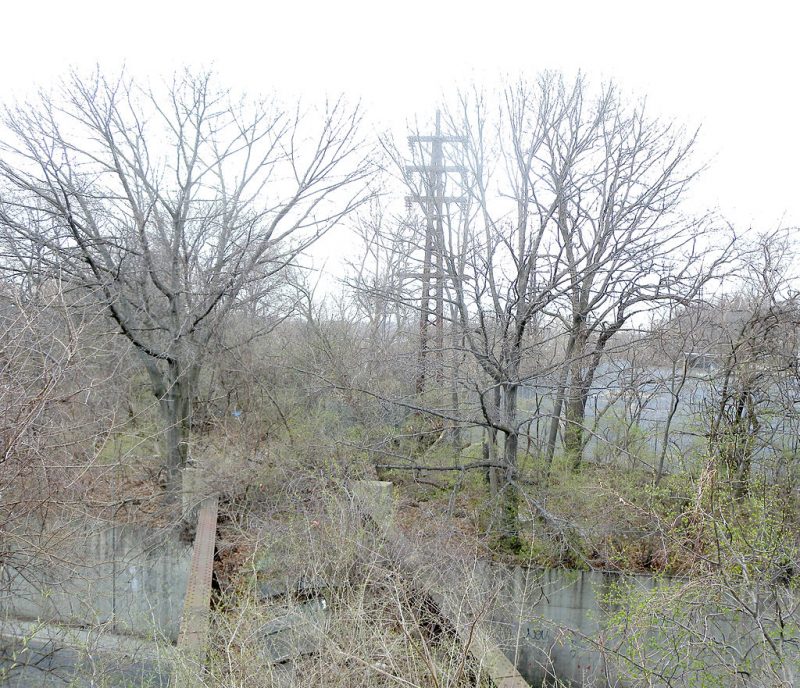
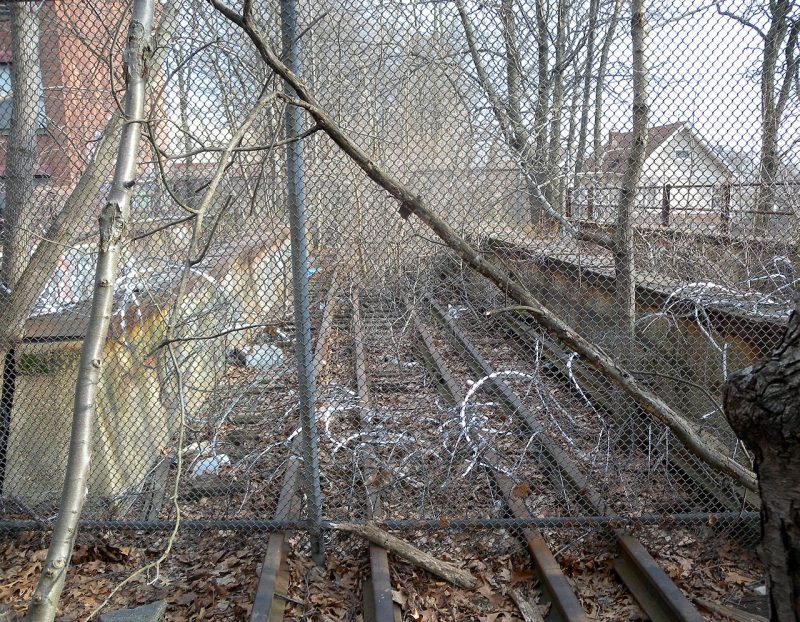
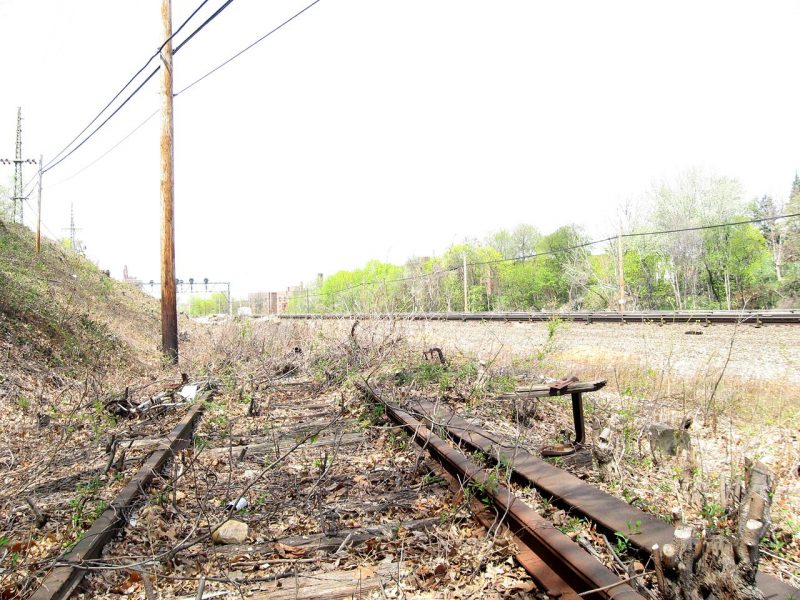
The line’s connection with the Atlantic Branch at Woodhaven Junction, consisting of an interlocking, tunnel portal and incline that rose to meet the elevated Rockaway Branch, was closed and removed in October 1955. This connection had primarily been used to allow trains from Brooklyn to reach Aqueduct Racetrack. The remains of the interlocking can still be seen in the Atlantic Avenue tunnel, while the incline is now used by Logan School Bus Company, who parks their bus fleet along the incline.
LIRR service of the remaining portion of the Rockaway Beach Branch between Rego Park and Ozone Park was greatly reduced and truncated to a single-track operations between the two endpoints starting in 1956. Patronage sharply declined over the next few years, with service consisting of a single train in each direction between New York Penn Station and Ozone Park. No connection with the IND Rockaway Line was made in Ozone Park, further hurting any potential customer growth. The LIRR, realizing that the line was the only LIRR line to not serve Long Island proper, quietly ceased service on June 8, 1962.
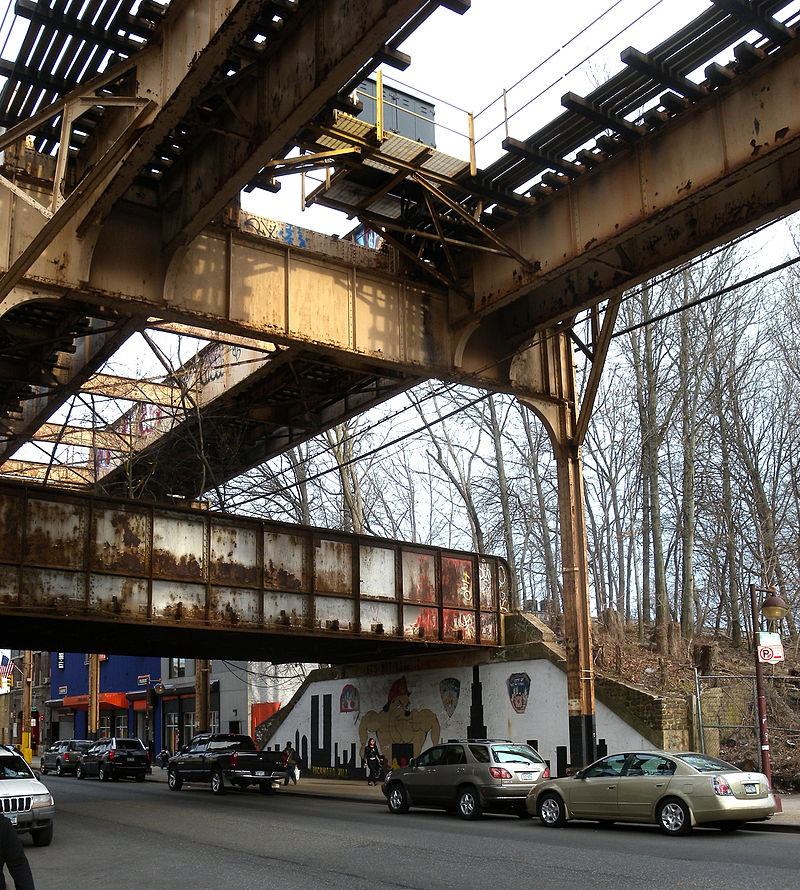
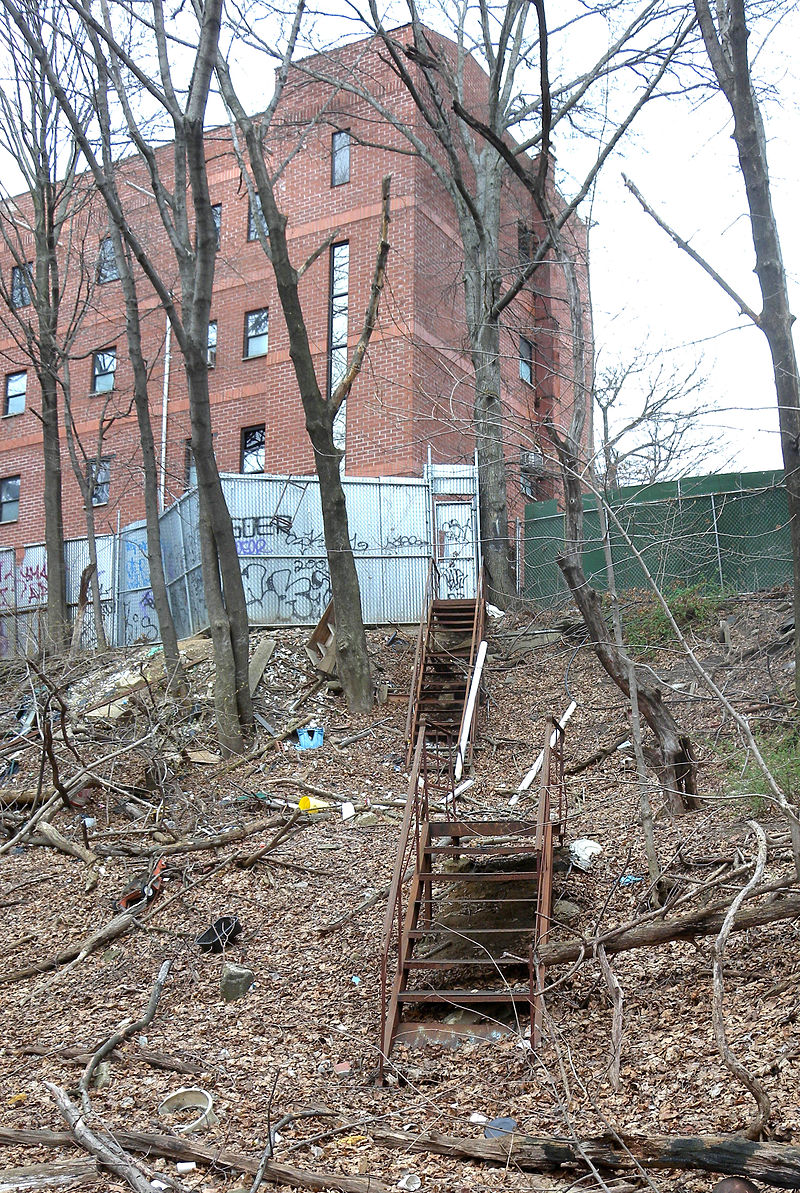
The LIRR never filed to abandon the isolated section of double trackage between Elmhurst and Ozone Park, due to the intended connection to the IND Queens Boulevard Line subway. This had been proposed under the IND Second System and later by Robert Moses, with an existing provision at the 63rd Drive subway station for a future connection to Whitepot Junction.However, the right-of-way was sold to the City of New York and is now in most sections administered by the Department for Citywide Administrative Services (“DCAS”), except for a 7 acres (2.8 ha) section in Forest Park that has been mapped as parkland. The line remains officially out of service and is known by locals as “the forgotten spur”. Much of the original infrastructure has either been removed, damaged, rotted or undermined, though some rails, wooden ties, electrical towers and even de-electrified third rails can still be found in some sections, with much of it dating from 1908 or earlier, when the line was originally electrified.The failure to reactivate the northern portion of the line had been attributed to the potential high costs of connecting it to the Queens Boulevard Line, and capacity issues on the line which persist to day, making the Fulton line connection more feasible.
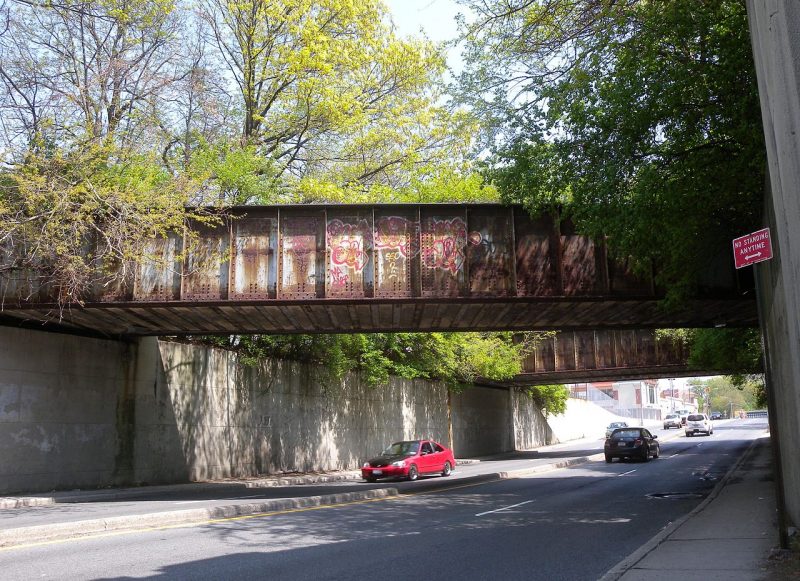
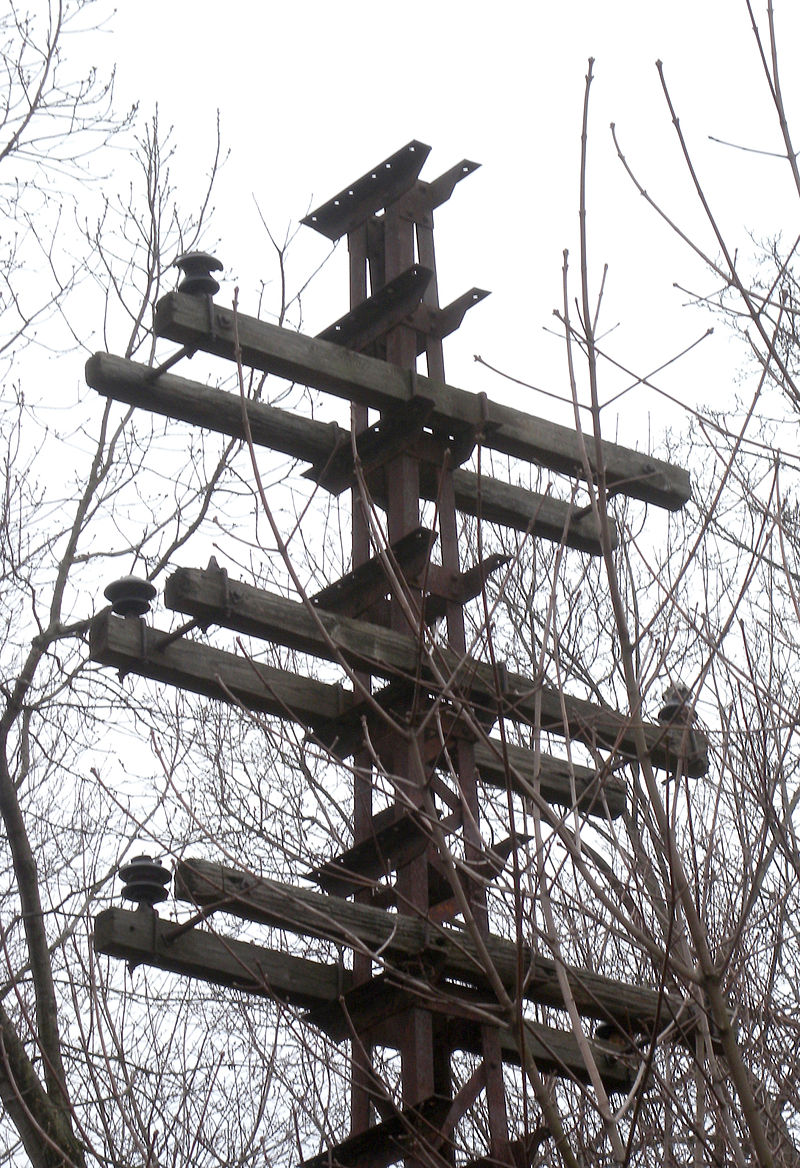
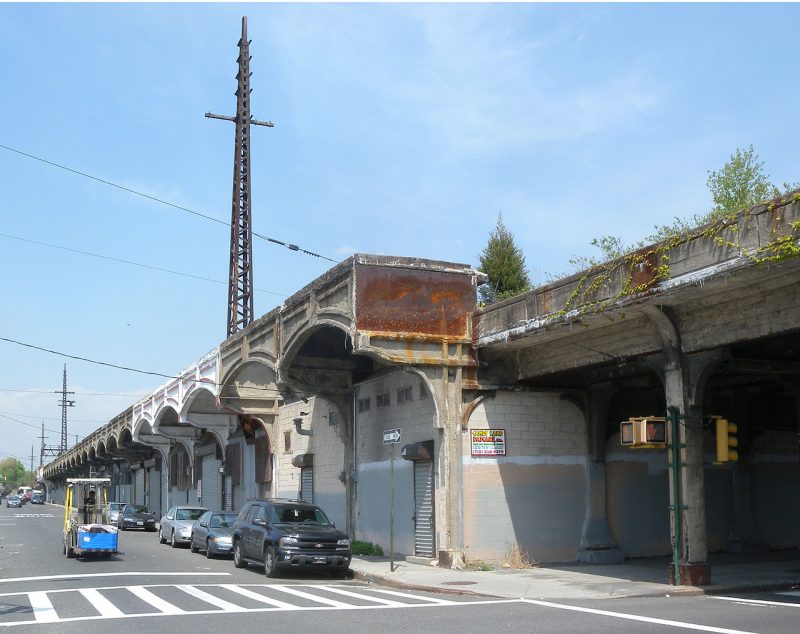
The line is a regular haunt for hikers, homeless, and such. The right-of-way can be easily seen, especially along the abandoned elevated embankment in Woodhaven and Ozone Park. With the exception of areas around the former junction with the Montauk Branch that have been redeveloped, and the Logan Bus Company lot, the line in its entirety is owned by the City of New York. The line is encroached by a number of adjacent property owners, which is an obstacle for developing the right-of-way.